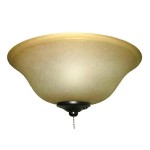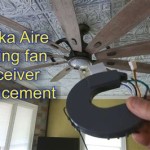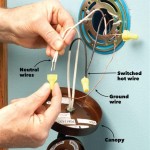Essential Considerations for Kitchen Ceiling Lighting
The kitchen ceiling is a prominent feature that significantly impacts the ambiance and functionality of the space. Lighting plays a vital role in illuminating the kitchen effectively and creating a welcoming atmosphere. When designing a kitchen ceiling lighting scheme, several key aspects must be taken into account to achieve the desired results.
Task Lighting:
Task lighting is crucial for providing focused illumination over specific work areas, such as the sink, cooktop, and counter. Under-cabinet lighting, pendant lights, or recessed spotlights can effectively direct light to these spaces, ensuring adequate visibility for meal preparation and cleaning.
Ambient Lighting:
Ambient lighting provides general illumination throughout the kitchen. Recessed downlights, track lighting, or chandeliers can evenly distribute light across the space. The intensity and warmth of the ambient lighting should be carefully selected to create a comfortable and inviting ambiance.
Accent Lighting:
Accent lighting highlights specific features or areas within the kitchen, such as artwork, open shelving, or a backsplash. Wall-mounted sconces, picture lights, or strip lighting can be used to create visual interest and draw attention to desired focal points.
Natural Light:
If your kitchen has windows, make the most of natural light by positioning the lighting fixtures accordingly. Avoid placing task lighting directly under windows, as the natural light will create glare. Instead, consider using ambient lighting to complement the natural illumination.
Ceiling Height and Shape:
The height and shape of the kitchen ceiling influence the type and placement of the lighting fixtures. For low ceilings, recessed downlights or flush-mount fixtures are ideal. For high or vaulted ceilings, pendants or chandeliers can add height and drama to the space.
Style and Finish:
The style of the kitchen ceiling lighting should complement the overall design scheme. Modern kitchens can feature sleek and minimalist fixtures, while traditional kitchens may opt for more ornate and decorative designs. The finish of the fixtures, such as brushed nickel, chrome, or bronze, should also harmonize with the kitchen's decor.
Energy Efficiency:
Consider using energy-efficient lighting options, such as LED or CFL bulbs, to reduce energy consumption and save on utility costs. LED bulbs are particularly durable and long-lasting, making them a cost-effective choice.
Safety:
Safety should always be a top priority when installing any lighting fixtures. Ensure that all electrical work is performed by a qualified electrician and that the fixtures are securely mounted and properly grounded to prevent any potential hazards.
By considering these essential aspects, you can create a comprehensive kitchen ceiling lighting scheme that meets your functional and aesthetic needs. A well-lit kitchen enhances the overall user experience, making it a more enjoyable and efficient space for cooking, dining, and socializing.

Kitchen Ceiling Lighting Ideas For Your Home Designcafe

Ceiling Lights For Bedrooms Kitchens More Homedepot Ca

Stunning Kitchen Lighting Designs To Transform Into A Designer Space

Ceiling Lights For Bedrooms Kitchens More Homedepot Ca

Kitchen Ceiling Lighting Ideas For Your Home Designcafe

25 Best Kitchen Lighting Ideas 2024 Moonbeam Lightingmoonbeam Blog

Kitchen Lighting At Lumens

5 Finest Led Ceiling Lighting Options For Your Kitchen Lepro Blog

Kitchen Ceiling Lights Enterprise Al Whole Flooring And Lighting

10 Best Kitchen Lighting Ideas For Low Ceilings Carla Bast Design
Related Posts








